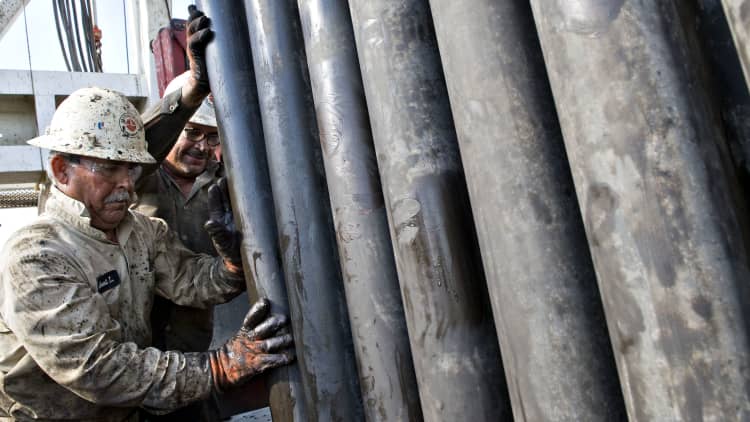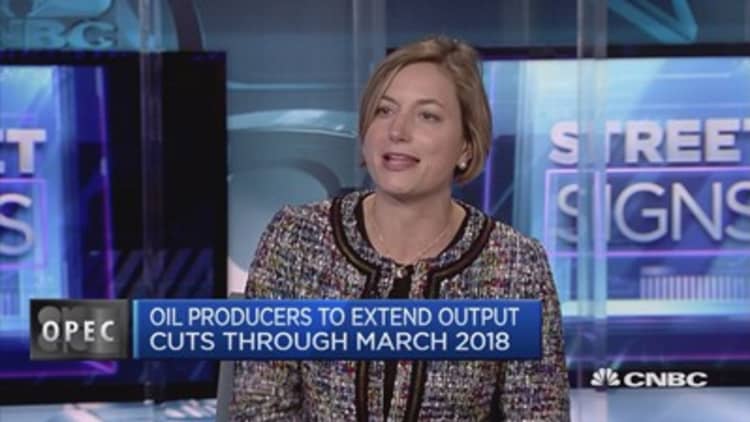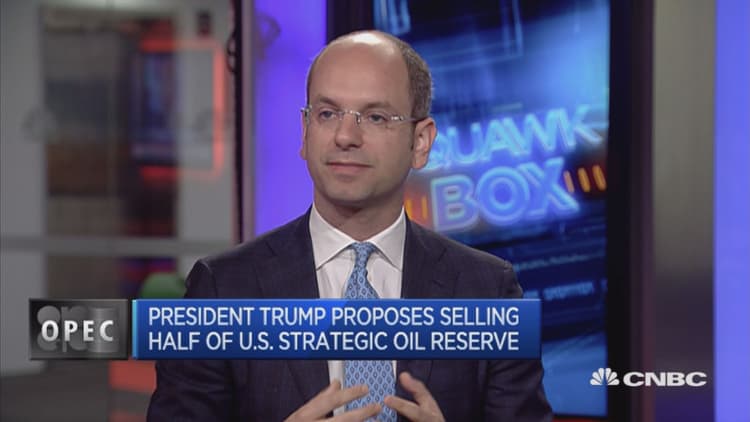
U.S. oil production is once again booming, and analysts see few headwinds strong enough to jolt the recovery off course.
Output in the American oil patch has surged about 9 percent to 9.3 million barrels over the last eight months. That recovery is seen continuing after OPEC's decision last week to keep a lid on production for another nine months, a move that helps to prop up oil prices.
The resilience of American producers underscores how OPEC has struggled to adapt to U.S. oil supply that can be quickly tapped as it becomes profitable to pump.
Saudi Arabia tried unsuccessfully for two years to wash high-cost U.S. producers out of the market by letting prices plummet. The top OPEC exporter then coordinated a 1.8 million barrels a day output cut among two dozen
At the OPEC meeting, Saudi Energy Minister Khalid
But quarterly reports from drillers and oilfield services firms belie those claims, Barclays said in a research note. The reports indicate exploration and production companies can keep drilling the most cost-effective resources for several more years, the bank says.
American drillers "will moderate activity only if prices constrain activity. At current price levels, many producers will continue to meet or exceed their 2017 production guidance," Barclays wrote.

While costs are indeed rising in Texas's Permian basin, the epicenter of the shale recovery, more efficient drilling methods are offsetting that inflation, analysts say.
Bank of America Merrill Lynch forecasts costs will rise just 10 to 15 percent, about half the rate seen by others, as the industry addresses pockets of cost pressure. Those include a shortage of workers, sand and pressure pumping capacity needed for hydraulic fracturing — the process of freeing oil and gas from shale rock by pummeling it with water,
"People will come back into the market and we may also see

Goldman Sachs is taking a more conservative view. The firm sees costs rising about 30 percent from the trough. At the same time, the average cost necessary to break even on producing oil in the U.S. has stopped falling and has stabilized around $50 to $55 a barrel, Michele Della Vigna, co-head of European equities at Goldman Sachs, told CNBC last week.
But Goldman does not necessarily think inflation will be what eventually kills shale growth. That will happen only when lenders stop offering drillers cheap credit.
That easy money will underwrite investment in new production not just in the Permian basin, but also in other areas in Texas and Oklahoma, Della Vigna said.
"We think it's a broad renaissance of shale led by incredibly cheap credit, with even sub-investment grade [exploration and production] companies today borrowing at just 7 percent on the
The U.S. Energy Department projects drilling will pick up this month in regions beyond the Permian, including in North Dakota and Colorado.
Houston-based drillers are able to make money with oil prices as low as $40 a barrel, IHS Markit Chairman Daniel Yergin said following a trip through the region.
If anything snuffs out growth in the oil patch, it could be the law of large numbers, according to Yergin. It will be hard for drillers to keep up the same growth pace next year following the surge in 2017, he told CNBC's "Squawk Box" last week.
That may explain why OPEC and other exporters decided to extend output cuts into the first quarter of 2018.
"I think that's the kind of viewpoint OPEC took, that they've got to run this thing into next year," he said.


